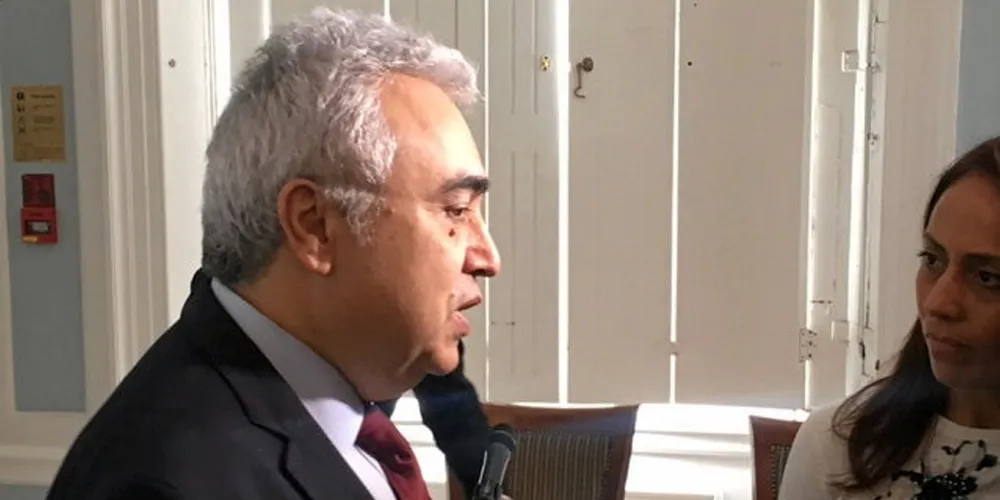'Pivotal moment in energy history' | Russia's war puts world on track for fossil peak: IEA
Renewables-led response to 'unprecedented shock' of Ukraine invasion means existing policies for first time set course for demand ceilings for coal, oil and gas, claims agency's flagship study
